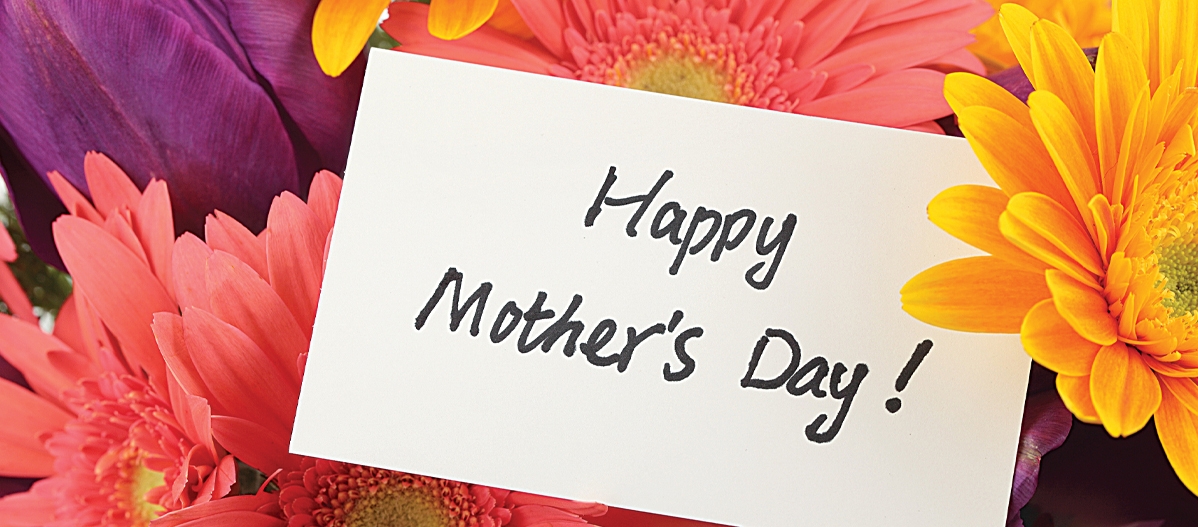Around the world, mothers have long been celebrated with special days, rituals, festivals, and traditions. As far back as ancient Greece and Rome, festivals were held annually in honor of the mother goddesses Rhea and Cybele, and of motherhood.
Beginning in the 16th century, Christians in Europe celebrated a religious holiday called “Mothering Sunday.” Held on the fourth Sunday of Lent, this was not a time to honor mothers but rather a day when the faithful would return to their “mother church”—the main church near their home—for a special service.
While still celebrated as a religious day in some United Kingdom churches, the Mothering Sunday tradition largely shifted into a more secular holiday in which children would present their mothers with flowers and other tokens of appreciation.
Many countries have their own versions of Mother’s Day. For example, in Thailand, Mother’s Day is always celebrated in August on the birthday of the current queen. In Ethiopia, families gather each fall to sing songs and eat a large feast as part of Antrosht, a multi-day celebration honoring motherhood.
In the U.S., abolitionist and suffragette Julia Ward Howe was one of the first to urge a national Mother’s Day celebration. In 1870, she wrote the “Mother’s Day Proclamation,” a call to action that asked mothers to unite in promoting world peace.
She campaigned for a “Mother’s Peace Day” to be celebrated annually, on the second day of June. Howe’s version of Mother’s Day was held successfully in Boston and elsewhere for several years, but eventually it lost popularity. This celebration had all but disappeared by the time World War I began.
The Mother’s Day holiday we celebrate in United States today was launched by the tenacious and energetic Anna Jarvis. After her beloved mother died in 1905, Jarvis decided she wanted a national day to both honor her own mother and to encourage people to remember the sacrifices all mothers make for their children.
In May of 1908, after gaining financial backing from a Philadelphia department store owner, Jarvis organized the first official Mother’s Day celebration at a Methodist church in Grafton, W.V.
Soon after that, Jarvis resolved to see her holiday added to the national calendar. Arguing that American holidays were biased toward male achievements, she started a major letter-writing campaign to newspapers and prominent politicians, urging the adoption of a special day honoring motherhood.
Jarvis also established the Mother’s Day International Association to help promote her cause.
Over the next several years, many states, towns, and churches had adopted Mother’s Day as an annual holiday. Jarvis rejoiced when, in 1914, President Woodrow Wilson signed a measure officially establishing the second Sunday in May as Mother’s Day.
Her version of the day involved simply wearing a white carnation as a badge and visiting one’s mother and/or attending church services.
By 1920, Jarvis had become disgusted with how much the holiday had been commercialized, and she urged people to stop buying Mother’s Day flowers, cards, and candies. Eventually, she spoke out against confectioners, florists, and even charities, and launched countless lawsuits against groups that had used the name “Mother’s Day.”
She eventually spent most of her personal wealth in legal fees. By the time of her death, in 1948, Jarvis had completely disowned the holiday.
Mother’s Day has occasionally been used as a date for launching political or feminist causes. In 1968, Coretta Scott King held a Mother’s Day march in support of women and children living in poverty. In the 1970s, some women’s groups used the holiday as a time to highlight the need for equal rights and access to affordable, quality childcare.
This year, Mother’s Day occurs on Sunday, May 10. Happy Mother’s Day! MSN










